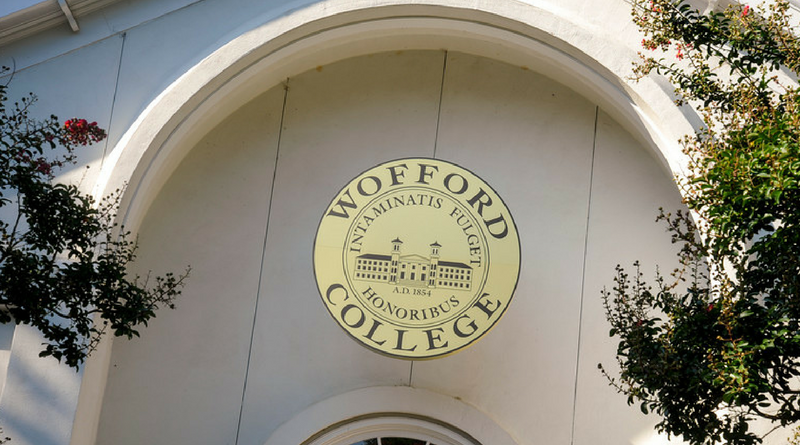By: Sheridan Kate Murray, Staff Writer
For the first time, Wofford is considering the adoption of a test-optional admissions policy to be used in the application process for new students. In the past, incoming first-year students had to submit scores for the SAT or ACT in order to be considered for admission. However, a strategic enrollment process has been in the works since 2014 with the ultimate goal of allowing Wofford to operate as a test-optional institution.
The strategic enrollment plan presented by Wofford’s admissions staff includes goal setting, with a key goal being the ultimate transition into test-optional admission. Over the past few months there have been eight presentations on the topic. These presentations were open to all interested, including the Faculty Enrollment Committee, other faculty members and students. These presentations were designed to give an all-encompassing look at the prospect of becoming test-optional and what it would mean for Wofford’s future enrollment.
Brand Stille, vice president for enrollment at the college, states that test-optional admission is something that Wofford has considered for a long time. “Over 900 colleges are currently test-optional,” he says. “According to FairTest.org, 52 of the top 100 national liberal arts colleges are now test-optional. Comparable schools to Wofford, like Furman, Sewanee and Wake Forest, have chosen to implement the test-optional process and are seeing positive results.”
According to the official Wofford admissions website, potential students are evaluated with particular attention paid to “the applicant’s courses, level of curriculum, class rank, test scores, grades, essay, extracurricular leadership and a recommendation from the high school guidance counselor.” Stille expresses admission’s belief that many factors can help determine a potential student’s success within the institution, and these other factors are often more effective than prioritizing test scores.
“The SAT is designed to give an indicator of a student’s performance at the end of their first year of college,” he says. “We have found instead that the best calculator of projected student performance is their recalculated GPA based on our standards. We factor in elements like AP and IB classes, giving an extra point for those classes. It is clear that the benefits of test-optional enrollment outweigh the potential costs.”
The college hopes to ultimately take a more holistic approach to admission while still involving test scores in some aspects of initial scholarship processes and international admissions. “We will still utilize class rank and test scores when considering nominations for Wofford Scholars, the process by which our largest scholarships are awarded,” says Stille. “Students that choose not to submit scores will still be eligible for scholarships, but we want to keep the Wofford Scholars process the same. Additionally, international students will still be submitting scores.”
Submitting test scores will be a requirement for students after they receive their admission decisions if they choose to attend Wofford. “This will be the same concept as students being required to submit their final transcripts,” explains Stille.
Wofford admissions hopes that becoming test-optional will allow for the college to be further distinguished from larger public schools that cannot entertain the same luxury. Additionally, the hope is that students who choose to report their scores will present high scores that will reflect positively on the college.
While test-optional admission has been on the table for some time now, it is ultimately up to the Faculty Enrollment Committee in terms of their recommendation to the faculty. Stille states that while faculty members have expressed concern about wanting to maintain the school’s high student quality, the hope is that test-optional admission will allow for a wider student pool, ultimately making the college more selective in the long run.





























